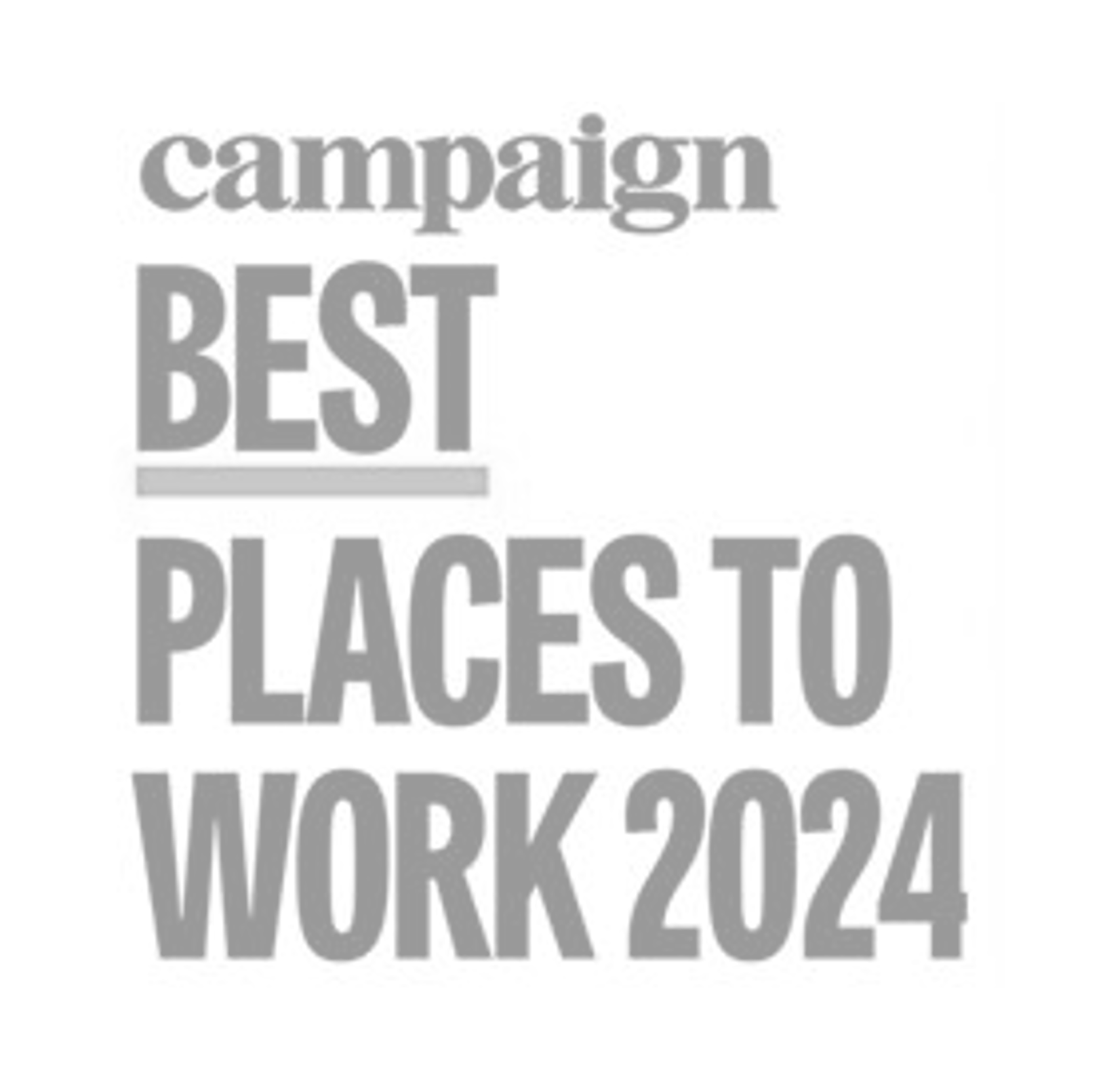See the original article by Chris Kelly in Marketing Dive here.
After steadily growing over the past few years, digital audio ad spend is now on par with that of terrestrial radio, after being just a third of the total audio ad market three years ago, per a new report by Standard Media Index (SMI). That growth is being driven in large part by ad spend on podcasts, which grew 68% year-over-year in 2021 and now accounts for 8% of all digital audio spend.
Podcast ad spending seems poised to surge even further, but still faces challenges as the market matures. While the familiar host-read ad format grew nearly 200% year-over-year, per SMI, it’s difficult to scale for a number of reasons, including issues with competitive separation and ad load.
Selling podcast ad inventory through programmatic channels could solve some of these issues, but it has yet to take off as a meaningful part of podcast advertising. While eMarketer once predicted that 8% of U.S. podcast ad spend would be programmatic by 2022, only 2.2% was sold programmatically in 2020 — nearly flat compared to the previous year — per an IAB study. To fully unlock the promise of podcast advertising, the ad industry will need to solve several problems with its backend tech infrastructure and approach to advertising on the channel.
“If podcasting can open itself up to a mix of host-read, dynamically inserted and programmatic, it’ll be well on the way to closing that monetization gap, preserve the user experience and provide incremental economic value to the creators on the medium,” said Paul Kelly, chief revenue officer at audio ad firm A Million Ads.
Next step of podcast ad evolution
Along with its rapid growth, podcast advertising has also seen an evolution of ad types and opportunities. Early adopters of the format were direct-to-consumer brands that used host-read endorsements with direct response mechanisms to drive sales. Then, legacy marketers began using the channel for brand-level campaigns, often with thematic alignment between brand and content.
To continue growing and offer personalized ad experiences at scale, the podcast ad market will need to take advantage of what programmatic offers as advertisers seek better, less intrusive ads that generate greater reach across the podcast ecosystem. Along with data that all publishers have worked to collect, programmatic can also take in psychographic and demographic information to create more contextually relevant ads.
Embracing programmatic ads would allow podcasts to move beyond the limits of the 90-second host-read ad. Several programmatic 15- and 30-second ads could be better for the user experience and, ironically, get closer to the ad experience publishers sought to offer when opting for long host-read ads. Such offerings could help bridge the gap between host-read ads and the traditional radio ad breaks of the rest of the digital audio space.
“It’s less glamorous and less sexy to talk about competitive separation and common attribution methodologies, but those really add up to the fundamental barriers to increase programmatic investment, which will help find a striking middle ground between the host-read ad, which is fantastic but not scalable, and a generic radio ad, which is very scalable, but definitely pretty intrusive and very unlikely to be contextually aligned with the content,” Kelly explained.
Maturation of podcast platforms
Much of the work to develop the programmatic environment for podcast advertising will be done by leading digital audio platforms like Spotify, SiriusXM and iHeartMedia that have made sizable investments and acquisitions in the space — not just in nine-figure content deals but also in many areas around ad tech and development.
Last year, SiriusXM combined ad sales of its satellite radio platform, Pandora and Stitcher into SXM Media, teaming with Publicis and The Trade Desk to offer new programmatic capabilities. Previously, Spotify launched an audio advertising marketplace that allows marketers to manage campaigns across its ad-supported music offerings, podcasts and on content from Megaphone and Anchor, while iHeartMedia bought Triton Digital to boost its audio advertising and measurement capabilities.
“Those three companies are working fastidiously [on] the integration of those different acquisitions and creating a unifying tech infrastructure that connects, in some cases, a very old terrestrial radio broadcast playout system with Triton, or in Spotify’s case, Megaphone,” Kelly said. “It’s very clear to me that it’s significant work.”
The integration of podcast ad tech will allow the industry to make similar offerings around competitive separation and brand safety, among other things, that are currently table stakes for major advertisers in other sectors of the digital ad economy.
“Up to a recent point, we’ve not really been able to bring personalized advertising into podcasting, and that’s a function of these these kinds of integrations not yet being complete,” Kelly added. “Month by month, new opportunities and pools of inventory are being opened up that we can help make both more addressable and more effective for advertisers.”












